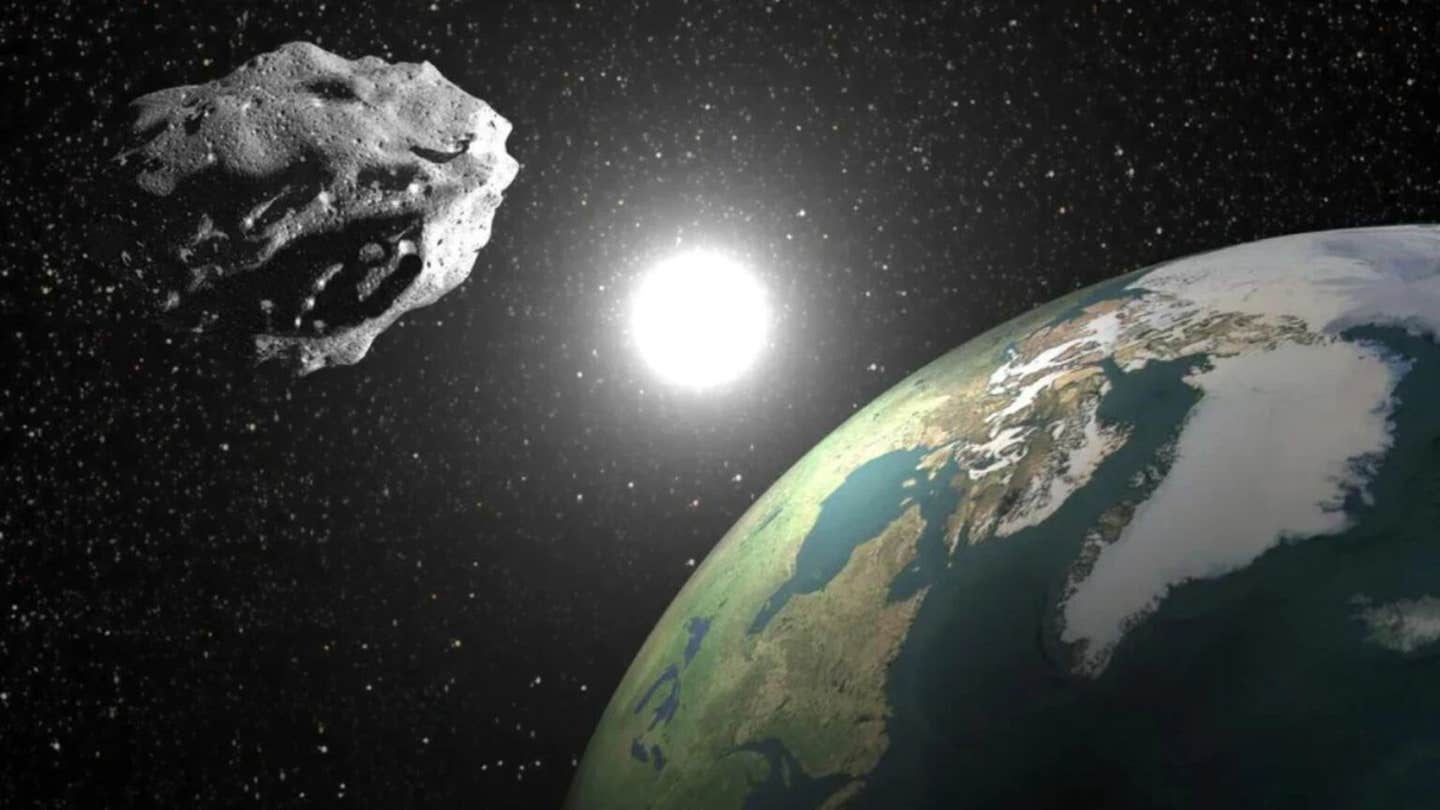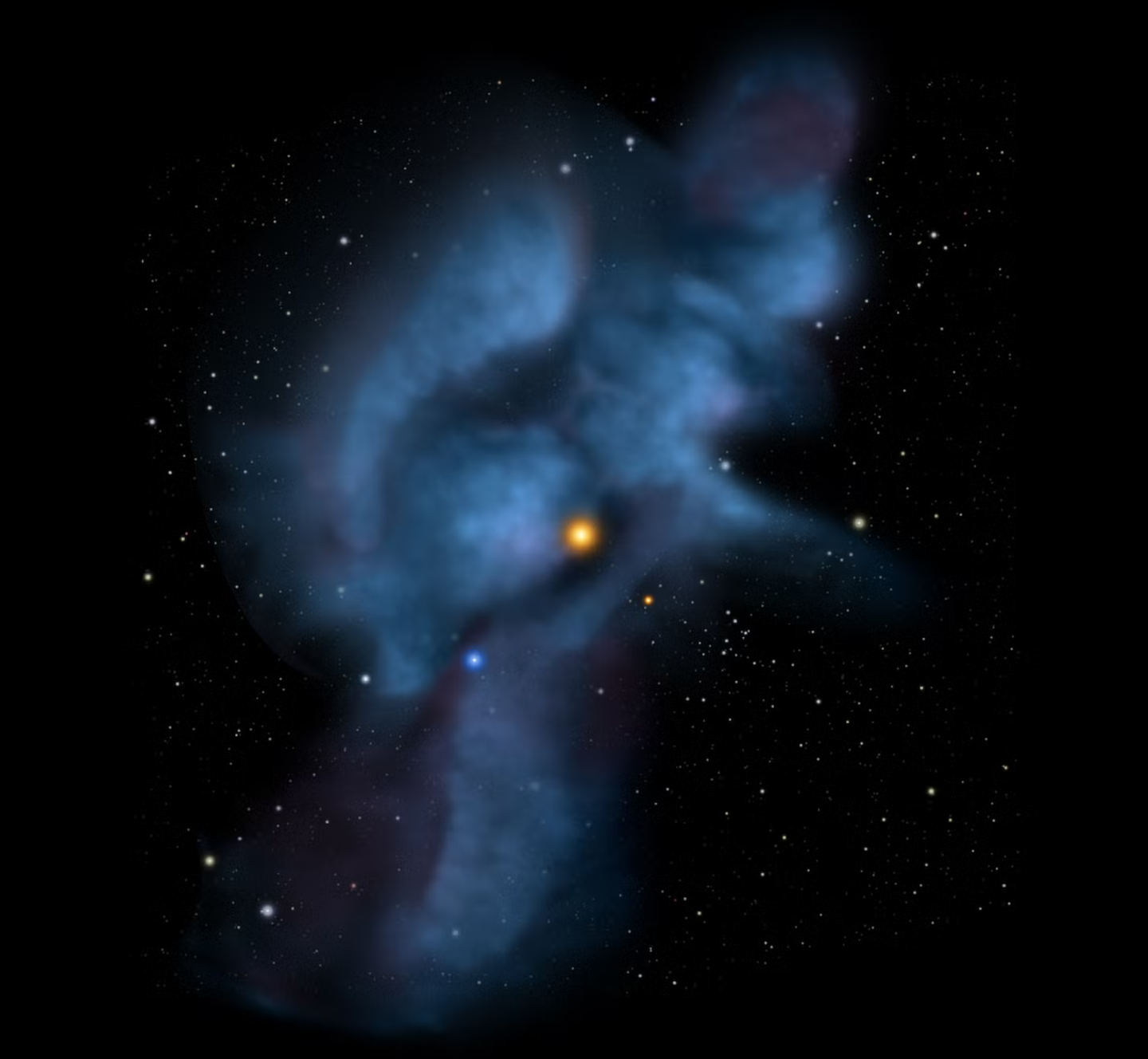NASA confirms a new quasi-moon orbiting the Earth until 2083
Astronomers discover 2025 PN7, a tiny quasi-moon that orbits the Sun alongside Earth in a synchronized path.

Astronomers have discovered 2025 PN7, a small quasi-moon that mirrors Earth’s orbit around the Sun. (CREDIT: ESA)
Earth has just acquired a new best friend in space – a small asteroid named 2025 PN7. Not quite a moon, it has been moving in quiet company with our planet for decades, pacing our planet in nearly perfect synchronization as both orbit around the Sun.
A Surprising Discovery
University of Hawaii astronomers using the Pan-STARRS 1 telescope in Haleakalā first spotted the object last August. Just 18 to 36 meters wide — roughly as tall as a low-rise building — the tiny visitor might be tough to spot. But its trajectory was what mattered: 2025 PN7 was behaving in no way like typical space trash or a typical asteroid.
Instead, it was orbiting parallel to Earth, following the same orbit around the Sun. That makes it a "quasi-moon," a sort of space companion that plots out its course in sync with Earth but is not gravitationally bound to it. The relationship is similar to two runners running around a track at the same speed. They share their time but never actually touch.
The Arjuna Connection
This new quasi-moon is an Arjuna asteroid — one of a cluster of more than 100 small bodies with orbits almost identical to Earth's. These asteroids move around the Sun in almost the same orbit as Earth, with small eccentricity and minimal inclination, so that they appear to dance near us for years, indeed decades.
A few mini-moons, a few Arjunas, are temporarily captured by Earth's gravity. Quasi-satellites like 2025 PN7 are not actually captured; they park themselves beside us in a 1:1 resonance with our orbit. That is, they complete one orbit around the Sun for every Earth orbit.
To date, researchers have found only a few of these kinds of companions — including Kamo'oalewa, Cardea, and 2023 FW13. They all add to our understanding of near-Earth asteroids' dynamics and Earth's interaction with small bodies in the solar system.
A Gentle Cosmic Dance
Statistics reveal 2025 PN7 has been accompanying Earth for about 60 years and will remain with us until around 2083 before vanishing once more. Closest approach has it coming as close as 4 million kilometers — about ten times further away than the Moon. On the other end of the scale, it moves out to about 17 million kilometers away.
This back-and-forth motion is because the orbit of our quasi-moon is not the same as ours but is disturbed by the gravitational pull of the Sun, and by the gravitational pull of the other planets. However, it is stable enough in its motion to stick with us for more than half a century.
How Scientists Discovered It
It was discovered by Pan-STARRS as part of a routine sky survey. Scientists employed precise calculations from the Horizons data system at the Jet Propulsion Laboratory and JPL's Small-Body Database to conclude that the semimajor axis of the object — 1.003 astronomical units — places it securely in the Arjuna family.
Its orbit, close to circular and in the plane of Earth's orbit, exhibits the characteristic behavior of a quasi-satellite. Additional simulations preserved its resonance activity — its long-term variability of position with respect to Earth, λr — was consistent with that of identified quasi-moons such as Kamo'oalewa.
It is not easy to find something so tiny and faint as 2025 PN7. These asteroid-like boulders are not very reflective, and their random orbits make them hard to trace. Eight quasi-moons have been found so far, and each one gives scientists a new glimpse of the gravitational dynamics that shape our solar neighborhood.
They are laboratories of nature for scientists. They permit orbital dynamic models to be refined and better predictions of the path of near-Earth asteroids — the same variety that pass close to our world regularly. They can even help plan future space missions because quasi-moons are comparatively easy to reach relative to distant asteroids.
A Reminder of Space's Subtle Wonders
2025 PN7 will never get near our Moon in terms of brightness or stability, but it's a wake-up call that even after all the centuries of stargazing, there are still new neighbors to be found. Astronomers once thought the first Earth-like asteroid, discovered in 1991, was an alien spaceship. Today, discoveries such as this one show just how colorful and full of surprises the space right around our world actually is.
Out in the universe, somewhere, this little piece of star stone is silently taking the same path around the Sun, moving along with us on our eternal path through the cosmos.
Since they orbit with the Earth but are not under its gravity, quasi-moons may one day serve as safe test zones for spacecraft navigation, robot mining, or even deep-space communications tests.
By studying quasi-moons, scientists could also improve early warning systems against potentially hazardous asteroids — something that may save our world one day.
Research findings are available online in the journal IOP Science.
Related Stories
- Asteroid once feared to strike Earth in 2032 may now crash into the moon instead
- Moon's largest impact crater helps explain why the near side and far side look so different
- Astronomers discover new quasi-moon orbiting the Earth
Like these kind of feel good stories? Get The Brighter Side of News' newsletter.
Joshua Shavit
Science & Technology Writer and Editor
Joshua Shavit is a Los Angeles-based science and technology writer with a passion for exploring the breakthroughs shaping the future. As a co-founder of The Brighter Side of News, he focuses on positive and transformative advancements in AI, technology, physics, engineering, robotics and space science. Joshua is currently working towards a Bachelor of Science in Business and Industrial Engineering at the University of California, Berkeley. He combines his academic background with a talent for storytelling, making complex scientific discoveries engaging and accessible. His work highlights the innovators behind the ideas, bringing readers closer to the people driving progress.



